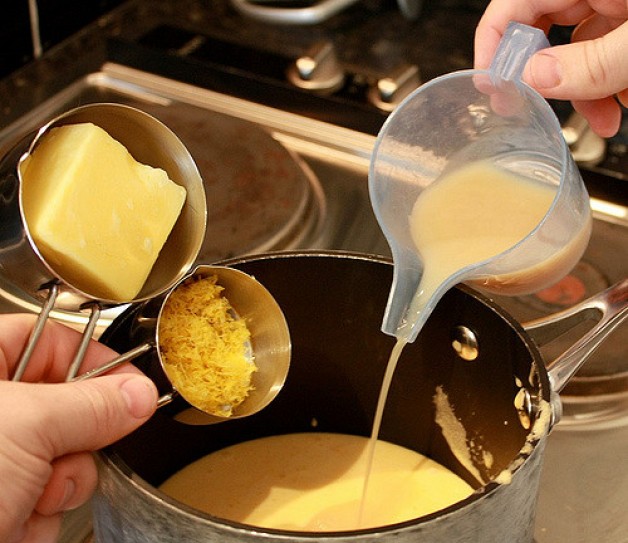The plan for the next ShibariClasses tutorial is to demonstrate how to use ‘ingredients’ in shibari, i.e. the components that are repeated in ties, to solve a problem. In this example, how to tie tengu shibari (here’s Bob Ropemarks’ interpretation); the ‘devil tie’, so-called because the arm position resembles wings…or, less romantically, an oven-ready chicken 🙂 Whatever, you call it, it creates a nice exposed position that excentuates helplessness.
We have constantly used this theme of teaching ‘ingredients’ that make up the ‘recipes’ and how they can be varied and substituted. This method has been extremely well-received as it finally makes sense of and simplifies what seems like a very complex subject. In reality, almost all ties are a combination of simple ingredients used according to a few basic rules. Once this is secret is grasped, you are freed from simply ‘painting by numbers’ to become both more creative and safer due to this understanding. This will be the most practical demonstration of this way of teaching yet. We’ll explore various solutions for creating this tie and compare the methods showing the pro’s and con’s.
The solutions will, of course, be determined by intent and purpose. Something that is all too often not considered. In other words, the construction will vary, at one end of the scale, from a quick and dirty solution to a carefully engineered suspension tie or an art piece for a photograph at the other. It is, as they say, horses for courses. Not only does the tie need to fit the person, not vice versa, but it also needs to fit the situation and purpose. Shibari is about much more than simply trotting out set patterns.

